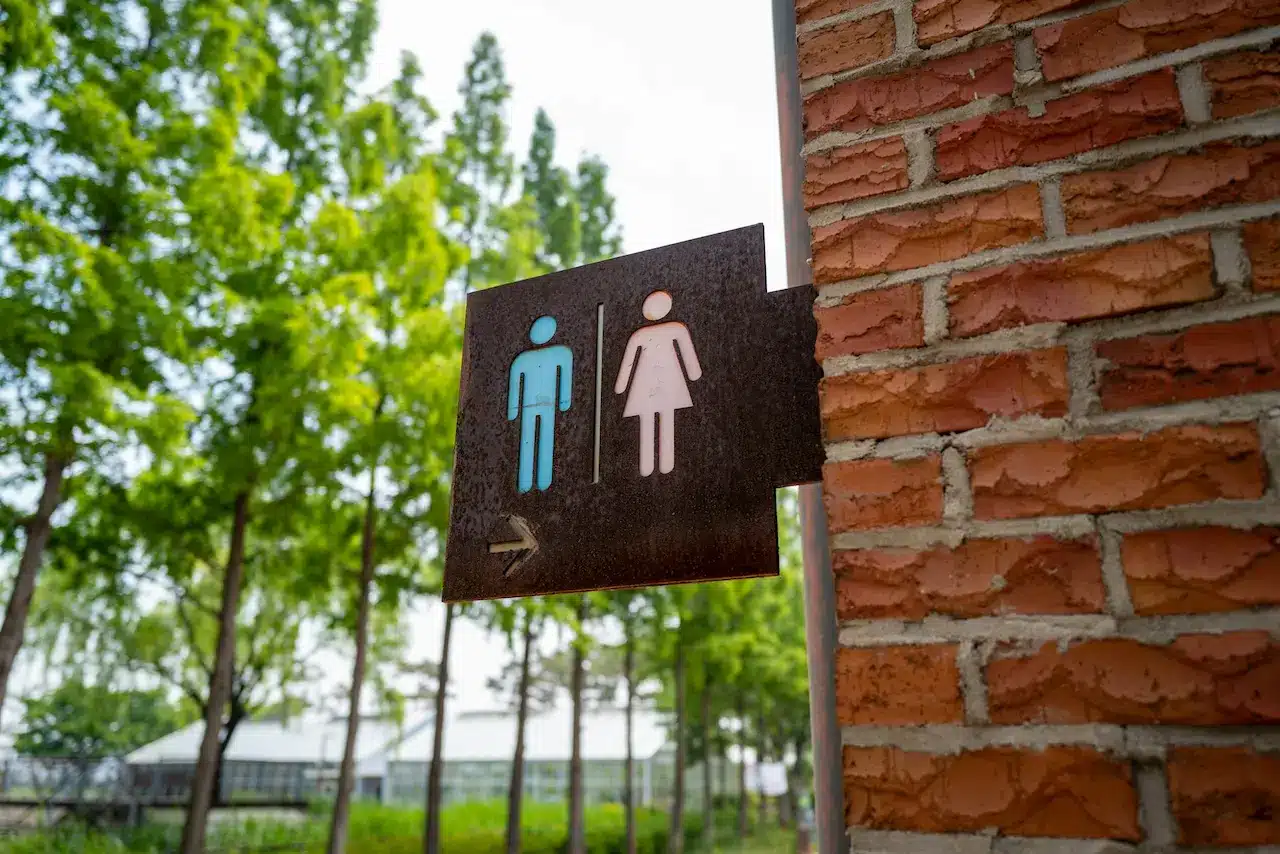How Technology is Changing the Approach to the Cleanliness
How Technology is Changing the Approach to the Cleanliness and Durability of Urban Facilities
Laser Cleaning in Public Utilities: How Technology is Changing the Approach to the Cleanliness and Durability of Urban Facilities
Things change, and now tech is doing jobs people used to do. Remember the street sweepers with their brooms? Now we have cleaning machines all over. But things keep getting better, and lasers are starting to replace those machines. We think lasers are the next big thing, and here’s why.

How It Works
Imagine getting rid of paint, rust, or dirt without messing up what’s underneath. Sounds too good to be true? That’s what a laser does. It hits the dirt with a focused beam, heats it up super fast, and — poof —it’s gone. The stuff underneath stays safe and looks brand new.
Consider using a magnifying glass to focus sunlight onto a single spot and watch it heat up. Laser cleaning works similarly, but with much greater precision.
A laser beam is similar to a superhero’s laser vision, except it’s used for cleaning. When it comes into contact with a contaminant, it absorbs it and rapidly heats it. This rapid heating causes surface material, such as dust or rust, to break down and disappear, leaving the surface clean and shiny. The technology is well-known and used in laser welding machine.
Since laser cleaner doesn’t use sand or water, nothing gets wrecked. Plus, there’s no trash or extra clean-up needed. This cuts down on work and saves cash. It’s a cheap, simple option that makes life easier for city workers and solves problems that old methods can’t.
Where Cities are Using Laser Cleaning
Lasers can do more around town than you might think. Here are a few spots showing good results already.
Cleaning Statues and Buildings
Keeping old buildings and statues clean is a big deal. You have to get rid of dirt and paint without damaging the stone. A laser does the trick. It cleans without causing damage. This option is invaluable for historic buildings that require the most careful handling and currently pose the most significant challenges for maintenance.
Getting Rust off Metal Structures
Getting rid of rust by hand takes a lot of work and doesn’t always work well. Sometimes, you can’t even do it without taking things apart. But a laser machine can do it easily, making metal look like new. In addition, the equipment’s mobility allows for cleaning various structures directly on-site, without the need to disassemble them and send them for cleaning.
Keeping Roads and Transit Clean
Roads and everything around them get dirty fast. But they need to be clean to be safe. Cleaning signs and other stuff with a laser keeps things clear and helps prevent accidents. If we also take into account the increased speed of cleaning, which does not require dismantling signs or structures, the situation becomes even more favorable.
Cleaning Machines and Equipment
If you’ve worked in a factory, you know machines need cleaning all the time. But some can’t get wet, and others can’t handle pressure. A laser can clean almost anything. Utilities can routinely clean pumps and other equipment to keep them in top condition.
Removing Graffiti
Graffiti can ruin buildings. Before, people used stuff that could also destroy the building. Now, a laser can wipe off the paint without a trace. Thus, what can now only be hidden under a layer of paint can be simply removed from the surface with the laser.
Why Lasers are Great for City Services
Buying this kind of equipment costs money, but it pays off.
- Good for the Earth and safe. No waste or harsh stuff means it’s safe for everyone and the planet. No harmful fumes or harm to the air.
- Easy on ьaterials. It won’t hurt what you’re cleaning. No sand, water, or strong stuff touches the surface. This means almost no risk of damage. You can even use it where you couldn’t clean before.
- Saves сash in the long run. Lasers might seem pricey at first. But think about what you save: no more buying chemicals, sand, water, or special clothes. They don’t need much upkeep and last for years. Cleaning each space ends up costing less than the old ways.
- Fast work. Lasers can clean big areas fast. You can adjust the power to match what you’re cleaning, such as rust, paint, or smoke. This helps cities a lot, where time matters. Streets, buildings, and bridges need to be cleaned quickly without bothering traffic or people.
- Easy to move and use anywhere. Many lasers are small and on wheels, or even handheld. You can take them all over town. Just plug it in, and you’re good to go. This is perfect for teams that work far from the city.
- Modern look and new ideas. Using lasers shows that the city cares and is up to date.
People want to see cities doing things the right way, like using green buses, saving energy, and recycling. Laser cleaning fits right in, showing a city that’s responsible and forward-thinking.
What’s Next for Lasers?
Laser cleaning is getting better all the time. The machines are getting cheaper, smaller, and stronger. Soon, robots will be able to clean buildings without anyone’s help. Soon, lasers might not just clean, but also protect surfaces — like removing salt or mold — to keep things from falling apart.
Conclusion
Laser cleaning is more than just a fancy tech thing. It’s a helpful tool that makes city services cleaner, faster, safer, and saves money. Cities using lasers are moving toward a future where everything’s clean thanks to light, not harsh chemicals or hard work.


